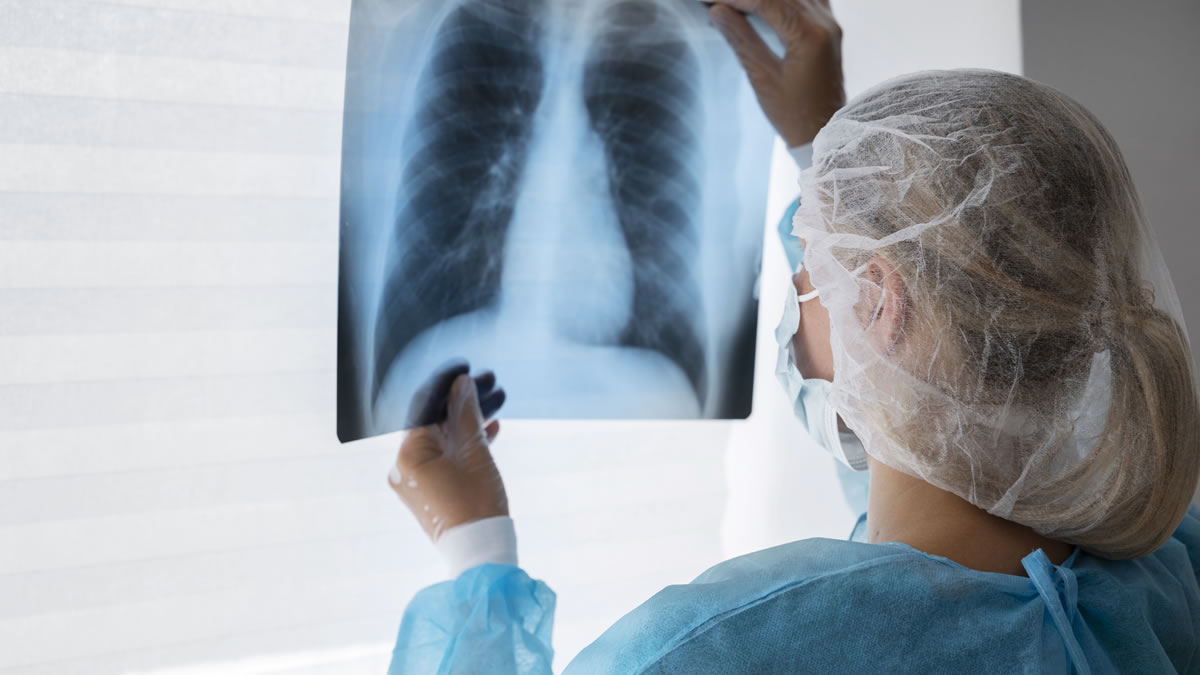Your cart is currently empty!

‘Popcorn Lung’: The Vaping-Linked Disease with No Cure
The term “popcorn lung” might sound innocuous, but it refers to a serious and irreversible lung disease known medically as bronchiolitis obliterans. This rare but progressive condition has recently gained attention due to its potential link with the use of electronic cigarettes, or vapes. Understanding this disease, its symptoms, and its connection to vaping is crucial, especially as vaping continues to be popular among various age groups.
What is Popcorn Lung (Bronchiolitis Obliterans)?
Bronchiolitis obliterans is a condition characterized by inflammation and scarring of the lungs’ smallest airways, called bronchioles. This damage leads to a narrowing and obstruction of these airways, making it increasingly difficult to breathe. The disease is progressive, meaning it tends to worsen over time, and unfortunately, there is currently no cure. Treatment primarily focuses on managing symptoms and slowing progression, but in severe cases, a lung transplant may be the only viable option.
The Origin of the Name “Popcorn Lung”
The colloquial term “popcorn lung” emerged in the early 2000s. It was first identified among workers in microwave popcorn factories who developed severe respiratory illnesses. Investigations by agencies like the National Institute for Occupational Safety and Health (NIOSH) in the U.S. pinpointed the cause: prolonged exposure to diacetyl. Diacetyl is a chemical flavoring agent used to impart a buttery taste and aroma. While generally recognized as safe to ingest in food products, inhaling diacetyl in vaporized form proved to be highly damaging to the delicate tissues of the lungs.
Symptoms of Popcorn Lung
The onset of popcorn lung is often gradual, and its symptoms can sometimes be mistaken for other common respiratory conditions like asthma or chronic bronchitis. Key signs include:
- Persistent Dry Cough: A cough that doesn’t produce much phlegm and doesn’t go away.
- Wheezing: A whistling sound when breathing, which may occur even without a cold or asthma.
- Progressive Shortness of Breath: Difficulty breathing, especially during physical exertion, that worsens over time.
- Unexplained Fatigue: Feeling tired and exhausted, even with minimal physical effort.
If left untreated or if the exposure to the causative agent continues, bronchiolitis obliterans can progress to respiratory failure, where the lungs can no longer provide enough oxygen to the body.
The Connection Between Vaping and Popcorn Lung
The link between vaping and popcorn lung primarily stems from the presence of diacetyl and other potentially harmful flavoring chemicals in some e-liquids. While diacetyl was a common flavoring in early e-cigarette products, particularly those with sweet or buttery profiles (like mango, bubblegum, cotton candy, or caramel), its use has become less prevalent due to raised awareness of its dangers when inhaled. However, concerns remain.
The process of heating e-liquids in a vape device transforms the chemical compounds. Many of these transformed elements, including byproducts of flavorings, have not undergone rigorous safety testing for inhalation. When these chemicals are inhaled, they bypass the body’s natural filtration systems (like the liver, which processes ingested substances) and go directly into the lungs. From there, they can quickly enter the bloodstream, potentially affecting other organs like the heart and brain.
Beyond diacetyl, other substances found in e-cigarette aerosol have raised alarms. Formaldehyde and acetaldehyde, known carcinogens, can be formed during the heating process. Derivatives of vitamin E acetate were notably linked to the EVALI (e-cigarette or vaping product use-associated lung injury) outbreak in the United States in 2019, highlighting the unpredictable nature of inhaled heated oils and solvents.
Who is Most Vulnerable?
While popcorn lung is rare, certain groups may have an increased risk of developing it or similar lung conditions:
- Users of Electronic Cigarettes or Vaporizers: Particularly those using e-liquids containing diacetyl or other potentially toxic flavoring chemicals.
- Industrial Workers: Individuals exposed to harmful inhaled chemicals in occupational settings (e.g., flavoring manufacturing, certain chemical plants).
- Individuals with Autoimmune Diseases: Conditions like rheumatoid arthritis have been associated with an increased risk of bronchiolitis obliterans.
- Lung Transplant Recipients: Bronchiolitis obliterans syndrome is a common and serious complication following lung transplantation, representing a form of chronic rejection.
Expert Warnings and Prevention
Even though some e-liquid manufacturers have voluntarily removed diacetyl from their products, studies suggest that other flavoring chemicals used as substitutes may also be toxic when inhaled. Furthermore, the combination of various chemical compounds in e-liquids can create complex aerosols whose long-term effects are still not fully understood. Recent research increasingly shows that adolescents who vape report more respiratory symptoms, and the severity often correlates with the frequency of use.
Medical experts and public health organizations like the American Lung Association consistently emphasize that prevention is the most effective strategy against popcorn lung and other vaping-related lung injuries. Given that there is no cure for bronchiolitis obliterans, avoiding exposure to known harmful inhalants, including those found in some vape aerosols, is paramount. If you are concerned about symptoms or the risks of vaping, consulting with a healthcare professional is always recommended.
by
Tags: